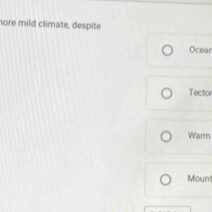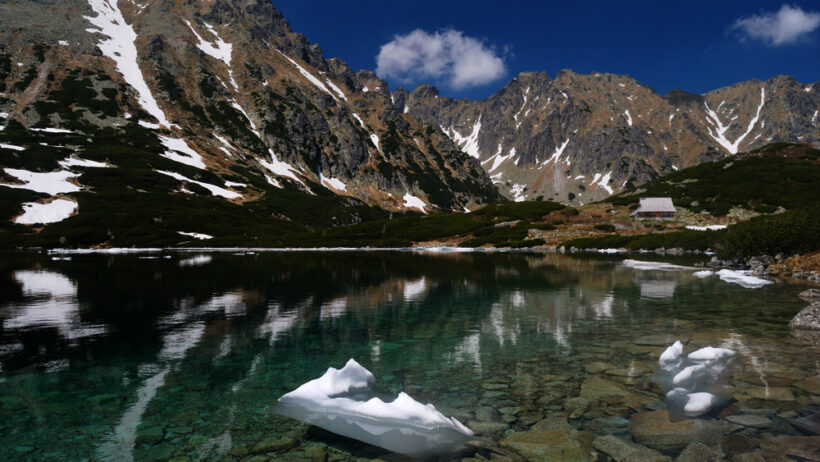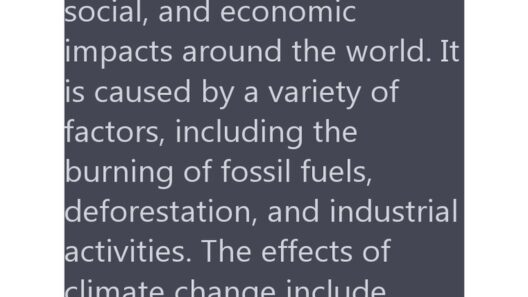Poland, a country nestled in Central Europe, is renowned for its rich cultural tapestry and vibrant history. But, it is also defined by its climatic conditions, which play a significant role in the daily lives of its inhabitants and the ecological balance of the region. The climate in Poland can be succinctly characterized as continental, with striking seasonal variations and a myriad of influences that contribute to its distinctive weather patterns.
The geographical positioning of Poland, situated between the Baltic Sea to the north and the Carpathian Mountains to the south, bestows it with a temperate continental climate. This climate is primarily marked by warm summers and cold winters. Such a climatic dichotomy is crucial, as it provides a nurturing environment for a range of flora and fauna, while also presenting challenges related to climate change, which is pertinent globally.
When considering the climate of Poland, one must first examine the four distinct seasons. Spring arrives in March and lasts until May. During this period, temperatures gradually increase, with average highs ranging from 10°C to 20°C. The thawing landscape bursts into vibrant life with blooming flowers and budding trees, making it a picturesque time to explore the Polish countryside. However, spring can also be tumultuous, with sudden fluctuations in weather, including frost and rain, highlighting the unpredictability characteristic of the continental climate.
As spring surrenders to summer, typically lasting from June to August, temperatures can climb to an average high of 25°C to 30°C. While summer brings ample sunshine, it can also trigger severe storms, particularly in the form of thunderstorms, which are not uncommon during this time. The lush greenery and radiant flowers during summer months serve as a stark reminder of Poland’s natural beauty. However, the increase in temperature and changing precipitation patterns are amplified by climate change, necessitating a closer examination of water resources and agricultural practices.
With the arrival of autumn, from September to November, Poland’s climate shifts dramatically once again. The average temperatures begin to dip, ranging from 15°C to 10°C. Autumn is renowned for its breathtaking foliage; the countryside and urban settings alike are adorned with hues of amber, burgundy, and gold. However, fall is also marked by increased rainfall, particularly in September and October, which serves as a useful reminder that the season is an intermediary between the warmth of summer and the depths of winter.
Winter in Poland, spanning from December to February, presents a stark contrast to the preceding seasons. With temperatures often plummeting below freezing, the average highs hover around -1°C to 5°C. Snowfall blankets the landscape, transforming the nation into a winter wonderland, ideal for skiing and other winter activities that attract tourists. Yet, this cold season raises vital concerns too; climate change alters snowfall patterns and transforms traditional winter landscapes, affecting ecosystems and local economies dependent on winter tourism.
Climate change poses a formidable threat to Poland’s delicate ecosystems. The increasing incidence of extreme weather events, including heatwaves and heavy precipitation, highlights the urgency of addressing climate-related issues. The agricultural sector, a cornerstone of Poland’s economy, faces challenges as changing climate conditions make crop yields more unpredictable. Farmers are adapting to these shifts by exploring resilient crop varieties and innovative farming techniques to ensure sustainability.
Moreover, climate variability impacts the distinct geography and biodiversity of the region. Poland is home to a plethora of national parks and protected areas, ranging from the Białowieża Forest, a UNESCO World Heritage Site, to Tatra National Park in the south. These locations contribute to Poland’s ecological significance, housing diverse species that rely on stable climatic conditions. The fluctuation of temperatures, particularly the earlier onset of spring or late frosts, can endanger habitats and threaten the flora and fauna residing in these protected areas.
In addition to biodiversity, Poland’s urban centers like Warsaw and Kraków are facing their own climate challenges. Urbanization contributes to the heat island effect, leading to increased temperatures in city environments. Consequently, urban planners are being called upon to enhance green spaces and implement sustainable practices. Rooftop gardens, green walls, and increased tree planting are becoming assessments in enhancing urban climates and improving residents’ quality of life.
Public awareness regarding Poland’s climate issues has grown, spurring initiatives aimed at sustainability. Educational programs, community gardens, and local movements emphasize the importance of preserving the environment. These grassroots efforts foster a culture of environmental stewardship, as citizens come together to minimize their carbon footprint and advocate for policy changes that support climate resilience.
In summary, Poland’s continental climate is a reflection of its geographical diversity and historical significance. The seasonal cycle, characterized by vibrant springs, warm summers, rich autumns, and frigid winters, underscores the country’s ecological richness. However, climate change poses unprecedented challenges requiring adaptive strategies and community engagement. The ongoing dialogue surrounding environmental sustainability ensures that Poland not only preserves its climatic heritage but also cultivates a resilient future for generations to come.








